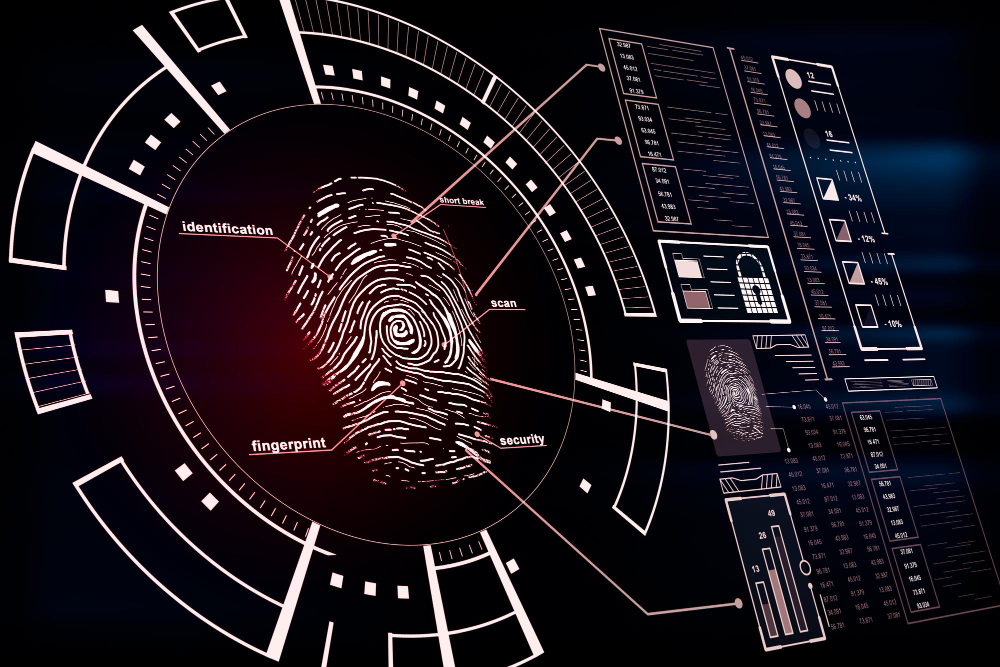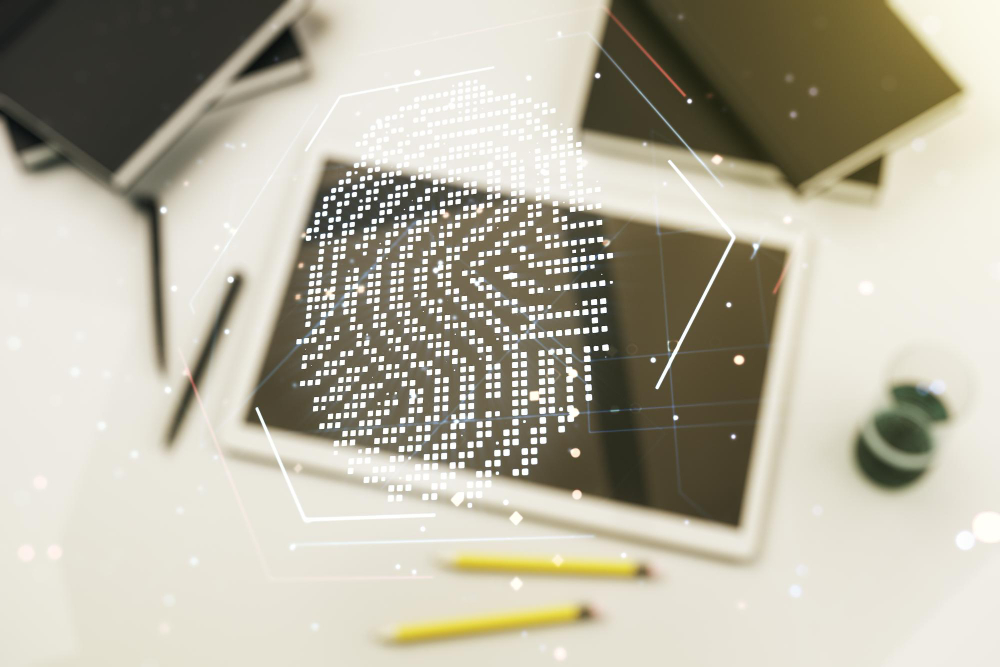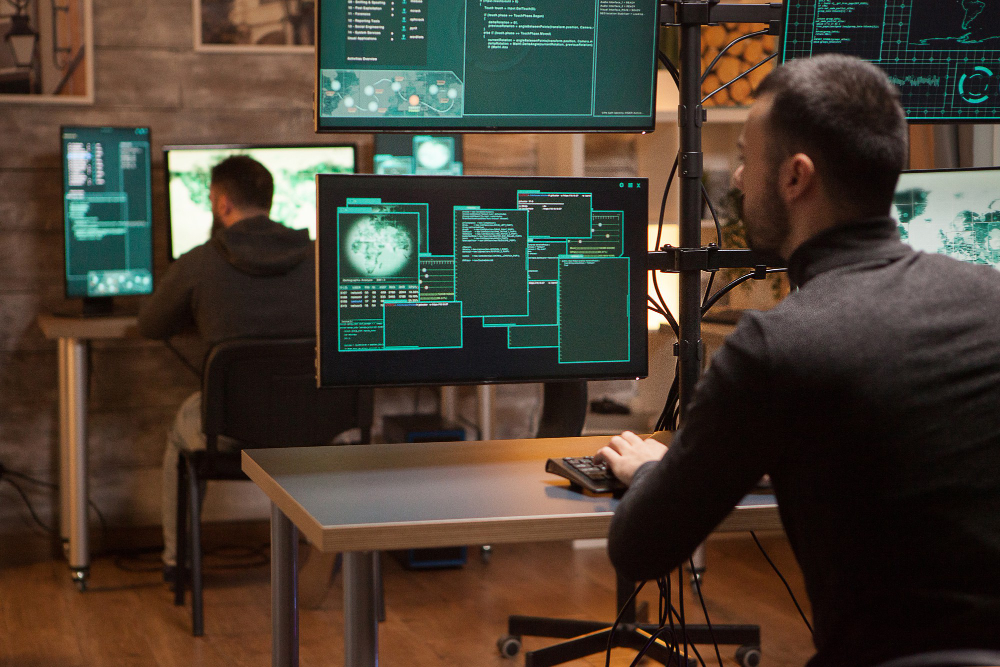Digital usage is becoming increasingly common nowadays, integrating into our daily lives for socialising, shopping, working, and many more. As it becomes more integrated into our lifestyle, so does its impact on various aspects of society, such as how criminals use digital media to commit crimes. This is where digital forensics comes in, offering a solution to combat such actions.
Digital forensics has become a method for overcoming problems arising from the misuse of digital technology. This article will explore digital forensics, its importance, and how it helps investigate and solve crimes involving digital devices.
Let’s go!
What is Digital Forensics?

Digital forensics is a branch of forensic science dedicated to recovering and investigating digital evidence of criminal activities. It involves identifying, acquiring, and analysing various data types, such as documents, photos, emails, event records, and system logs. This data can be stored on a range of devices, including computers, cellphones, cloud storage, hard drives, and flash drives.
The results can later be used as electronic evidence in crime cases, not only for cybercriminals but also for physical criminals who often use digital devices. One key aspect of digital forensics is its ability to uncover evidence that might otherwise be difficult or impossible to obtain, such as deleted files, hidden partitions, or encrypted data.
Why Is Digital Forensics Important?

Digital forensics is the process of collecting and analysing digital evidence from networks or devices in a way that maintains its integrity and can be used in court. This method is essential for several reasons:
- Computers Everywhere: Computers and devices are ubiquitous in our daily lives and used for work, communication, and entertainment. As a result, these devices often contain valuable evidence related to criminal activities.
- Data Explosion: The development of connected devices, such as smartphones and tablets, has led to massive data generation and storage. This is why digital forensics can help investigations by extracting the necessary data.
- Crucial Evidence: Digital evidence can help analysts establish criminal case timelines, motives, and connections. Furthermore, digital evidence is challenging to dispute because any efforts to modify it usually leave behind traces.
- Justice Served: By analysing digital evidence, law enforcement agencies and legal professionals can solve crimes and ensure justice is served in our increasingly digital world. This applies to various crimes, including data breaches, online fraud, violent crimes, and white-collar crimes.
Phases of Digital Forensics

In practising digital forensics, it’s important to understand several phases to ensure that digital data can be authenticated and used as evidence in court. Here are the phases:
Search and seizure
This phase is critical in digital forensics, where investigators search for devices that may have been involved in a crime. This phase is crucial for ensuring that any original evidence contained in these devices is appropriately collected and preserved according to legal standards. The goal is to gather digital evidence that can be used in court to support the investigation and prosecution of the crime.
Data acquisition
In digital forensics, data acquisition means getting Electronic Stored Information (ESI) from suspected digital devices like computers or smartphones. This involves using unique methods and tools to extract evidence from these devices while keeping the data safe.
Data acquisition must be done carefully to avoid changing or harming the data. Doing it wrong can not only change the data but also ruin its integrity, making it unusable or not allowed in court. So, it’s necessary to do data acquisition properly to ensure that evidence is collected and kept correctly for further analysis and investigation.
Data analysis
Data analysis in digital forensics involves several essential steps. First, data is examined, identified, and separated from the rest of the acquired data. Then, this separated data is converted or modelled to reveal helpful information.
The analysed data can come from files, documents, or event logs. To ensure that the data is accurate and hasn’t been tampered with, it is often re-verified multiple times using a process called hashing. This helps to maintain the integrity of the data throughout the analysis process.
Documentation and reporting
In digital forensics, documenting and reporting are essential for translating complex technical details into simple terms for non-technical people. This documentation includes all the findings from an investigation. These documented findings help investigators continue their investigation or present evidence in court. They often include an expert’s summary and conclusion, highlighting the main findings and their importance in the case.
What Are Digital Forensics Tools?

Digital forensics is a methodology that relies heavily on specialised tools that can collect, preserve, and analyse digital data effectively. Here are the most common tools:
The Sleuth Kit
The Sleuth Kit is an open-source tool that is widely used in digital forensics. It can extract data from computer systems and analyse disk images created by tools like “dd.” One of its key features is its ability to recover data from these disk images, making it a valuable tool for forensic analysts.
Additionally, The Sleuth Kit can be integrated with other tools, enhancing its functionality and making it a versatile choice for digital forensics investigations.
FTK Imager
FTK Imager is another essential tool in the digital forensics arsenal. It is primarily an acquisition and imaging tool responsible for data preview and creating forensic images (copies) of digital data. These forensic images are crucial for preserving the integrity of the original data and ensuring that it can be analysed accurately.
Xplico
Xplico is a powerful tool for reconstructing data acquired using other packet sniffing tools like Wireshark. Like the other tools mentioned, Xplico is open-source, making it accessible to many users. One of its key features is its use of Port Independent Protocol Identification (PIPI) to recognise network protocols, allowing forensic analysts to reconstruct data effectively.
Digital Forensic Techniques

Several key techniques are used to effectively perform digital forensics. Here is a list of some of the most important techniques.
Reverse Steganography
Steganography is the practice of hiding data inside digital files, messages, or data streams. Reverse steganography involves identifying and extracting hidden information from these files. Unlike encryption, steganography does not change the underlying hash or string of data representing the image, making it a challenging technique to detect and analyse.
Stochastic Forensics
Stochastic forensics is used to analyse and reconstruct digital activity that does not generate digital artifacts. This technique is particularly useful in cases where traditional digital artifacts, such as file attributes, are not present or have been altered. By analysing patterns and probabilities in digital data, stochastic forensics can uncover clues related to digital crimes like data theft.
Cross-drive Analysis
Cross-drive analysis means comparing information from different computer drives to find differences and similarities. This helps investigators spot unusual things and understand how different case parts are connected. Analysing data from various drives can reveal important patterns that help solve the case.
Live Analysis
Live analysis is conducted in real-time while the device or computer is running. This method uses special tools to find, study, and remove volatile data, which is usually in RAM or cache memory. Live analysis lets forensic experts collect evidence that might disappear if the device is turned off or restarted.
Deleted File Recovery
Deleted file recovery, also called data carving or file carving, is a method used to look through a computer system and its memory for pieces of files that have been deleted or lost. Tools such as EnCase are often used for this purpose, enabling forensic analysts to retrieve and rebuild deleted files that could hold necessary evidence.
Frequently Asked Questions
What is the difference between cyber forensics and digital forensics?
Digital forensics involves investigating digital devices for legal purposes, like criminal cases. It includes looking at computers, phones, and digital documents. Cyber forensics is a type of digital forensics focused on cyber security threats, like hacking or online fraud. So, cyber forensics is a part of digital forensics, dealing specifically with cybercrimes.
Is digital forensics hard?
Digital forensics can be challenging because it requires specialised knowledge and skills in areas such as computer systems, data analysis, and forensic techniques. However, with the proper training and experience, it is manageable for those interested and dedicated to learning the field.
Is digital forensics good?
Yes, digital forensics is important for solving crimes and preventing cyber attacks like ransomware. It helps find evidence, catch criminals, and make digital information more secure.
Conclusion
Digital forensics is a crucial field that helps solve crimes and secure digital information. As our lives become more digital, this science becomes increasingly important. It helps uncover hidden evidence and tracks criminals using digital devices for illegal activities.
With its various tools and techniques, digital forensics is not just about solving crimes but also about ensuring justice and security in our digital world.
For more information or services related to cyber security, contact Fluxgate today!
